In the endless world of footwear, one of the most important decisions you’ll have to make is choosing between synthetic and leather shoes. Each material offers its own set of advantages and disadvantages, catering to different tastes, needs, and lifestyles. The debate between synthetic and leather shoes has been ongoing for years, with both sides having their loyal followers. In this comprehensive guide, we will delve into the intricacies of synthetic vs leather shoes, helping you make an informed decision when it comes to your next footwear purchase. **The Anatomy of Synthetic Shoes:** Synthetic shoes are made from man-made materials such as polyurethane, polyester, nylon, and other synthetic fibers. These materials are engineered to mimic the qualities of leather while offering unique benefits of their own. Synthetic shoes are often more affordable than their leather counterparts, making them an attractive option for budget-conscious consumers. Additionally, synthetic materials are highly versatile, allowing for a wide range of designs, colors, and textures that may not be achievable with natural materials. One of the key advantages of synthetic shoes is their water-resistance. Unlike leather, synthetic materials do not absorb water, making them an ideal choice for rainy or damp conditions. This makes synthetic shoes easy to clean and maintain, as they can simply be wiped down with a damp cloth. Furthermore, synthetic shoes are often more lightweight and breathable than leather, providing enhanced comfort and flexibility for prolonged wear. However, it’s essential to note that synthetic shoes may not offer the same level of durability and longevity as leather shoes. While advancements in technology have led to improved durability in synthetic materials, they may still wear out faster than leather over time. Additionally, synthetic shoes may lack the natural patina and aging characteristics that develop in leather, which can be a key aesthetic consideration for some consumers. **The Craftsmanship of Leather Shoes:** Leather shoes have long been revered for their timeless elegance, exceptional quality, and unparalleled durability. Leather is a natural material sourced from animal hides, with the most common types being cowhide, sheepskin, and goatskin. The production of leather shoes involves intricate craftsmanship and attention to detail, resulting in footwear that exudes sophistication and luxury. One of the primary advantages of leather shoes is their durability. High-quality leather shoes can last for years, with proper care and maintenance, making them a worthwhile investment for those looking for long-term wear. Leather also has a unique ability to conform to the shape of the wearer’s foot over time, providing a customized fit and unparalleled comfort that synthetic materials may struggle to replicate. Beyond durability, leather shoes boast a distinctive aesthetic appeal that only improves with age. As leather ages, it develops a rich patina that enhances its character and charm, adding a unique dimension to each pair of shoes. The natural texture and grain of leather create depth and visual interest, making leather shoes a popular choice for those seeking a sophisticated and refined look. **Comparing Comfort and Breathability:** When it comes to comfort and breathability, both synthetic and leather shoes have their strengths and weaknesses. Synthetic shoes are often lauded for their lightweight construction and breathability, thanks to the engineered properties of synthetic materials. These shoes are typically more flexible and require less breaking in compared to leather shoes, making them a popular choice for active individuals or those on their feet for long periods. On the other hand, leather shoes offer a unique blend of comfort and support that comes from the natural properties of the material. Leather is known for its ability to wick away moisture and allow for air circulation, creating a comfortable environment for the feet.

.
 Additionally, the pliability of leather allows it to mold to the shape of the foot over time, providing a customized fit that adapts to the wearer’s unique contours. Ultimately, the choice between synthetic and leather shoes in terms of comfort and breathability will depend on personal preferences and specific needs. Some individuals may prioritize breathability and lightweight construction, making synthetic shoes the preferred option, while others may value the natural comfort and moldability of leather. **Environmental and Ethical Considerations:** In recent years, environmental and ethical concerns have become increasingly important factors in the fashion industry, including the production of footwear. Synthetic shoes are often critiqued for their reliance on petroleum-based materials and the environmental impact of their production process. The manufacturing of synthetic materials can contribute to carbon emissions, chemical pollutants, and non-biodegradable waste, posing challenges for sustainability and eco-conscious consumers. Conversely, leather shoes have their own set of environmental considerations, primarily related to the sourcing of animal hides. The leather industry has come under scrutiny for its impact on animal welfare, deforestation, and water pollution associated with tanning processes. However, advancements in sustainable and ethical practices have led to the emergence of eco-friendly leather alternatives, such as vegetable-tanned leather and leather sourced from responsibly managed farms. When considering the environmental and ethical implications of synthetic vs leather shoes, consumers are encouraged to research brands that prioritize sustainability, transparency, and ethical sourcing practices. Opting for vegan leather, recycled materials, or ethically sourced leather can help mitigate the environmental footprint of footwear production and support companies committed to eco-friendly practices.
Additionally, the pliability of leather allows it to mold to the shape of the foot over time, providing a customized fit that adapts to the wearer’s unique contours. Ultimately, the choice between synthetic and leather shoes in terms of comfort and breathability will depend on personal preferences and specific needs. Some individuals may prioritize breathability and lightweight construction, making synthetic shoes the preferred option, while others may value the natural comfort and moldability of leather. **Environmental and Ethical Considerations:** In recent years, environmental and ethical concerns have become increasingly important factors in the fashion industry, including the production of footwear. Synthetic shoes are often critiqued for their reliance on petroleum-based materials and the environmental impact of their production process. The manufacturing of synthetic materials can contribute to carbon emissions, chemical pollutants, and non-biodegradable waste, posing challenges for sustainability and eco-conscious consumers. Conversely, leather shoes have their own set of environmental considerations, primarily related to the sourcing of animal hides. The leather industry has come under scrutiny for its impact on animal welfare, deforestation, and water pollution associated with tanning processes. However, advancements in sustainable and ethical practices have led to the emergence of eco-friendly leather alternatives, such as vegetable-tanned leather and leather sourced from responsibly managed farms. When considering the environmental and ethical implications of synthetic vs leather shoes, consumers are encouraged to research brands that prioritize sustainability, transparency, and ethical sourcing practices. Opting for vegan leather, recycled materials, or ethically sourced leather can help mitigate the environmental footprint of footwear production and support companies committed to eco-friendly practices.
..
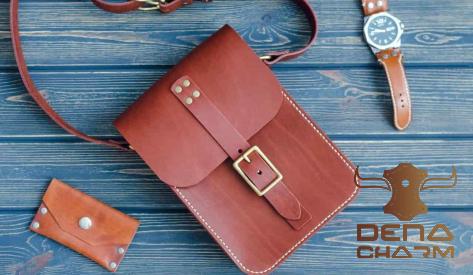 **Maintenance and Care Tips:** Proper maintenance and care are essential for prolonging the lifespan of your synthetic or leather shoes. Synthetic shoes are relatively low-maintenance and can be cleaned with a gentle soap and water solution. Avoid exposing synthetic shoes to harsh chemicals or extreme heat, as this can damage the material and compromise its longevity. Store synthetic shoes in a cool, dry place away from direct sunlight to prevent fading and deterioration. Leather shoes require more specialized care to preserve their quality and appearance. Regular conditioning with a leather conditioner can help replenish moisture and prevent the leather from drying out and cracking. Additionally, invest in a shoe horn to maintain the shape of the shoe’s heel counter and avoid creasing. Store leather shoes in a well-ventilated area and use shoe trees to maintain their shape when not in use. **Making the Right Choice:** Ultimately, the decision between synthetic and leather shoes boils down to personal preferences, lifestyle needs, and budget considerations. Synthetic shoes offer affordability, water-resistance, and versatility in design, making them a practical choice for casual wear and outdoor activities. Leather shoes, on the other hand, provide unmatched durability, comfort, and timeless style that appeals to those seeking a premium footwear option. When selecting between synthetic and leather shoes, consider factors such as durability, comfort, breathability, environmental impact, and maintenance requirements. Assess your individual needs and preferences to determine which material aligns best with your lifestyle and values. Whether you opt for the modern convenience of synthetic shoes or the classic elegance of leather, investing in high-quality footwear that meets your criteria will ensure both style and comfort for years to come. **Tips for Choosing the Right Material:** 1. **Consider Your Lifestyle:** If you lead an active lifestyle and are often exposed to wet or harsh conditions, synthetic shoes may be a practical choice due to their water-resistant properties. On the other hand, if you prioritize style and longevity, leather shoes may be a more suitable option for everyday wear and formal occasions.
**Maintenance and Care Tips:** Proper maintenance and care are essential for prolonging the lifespan of your synthetic or leather shoes. Synthetic shoes are relatively low-maintenance and can be cleaned with a gentle soap and water solution. Avoid exposing synthetic shoes to harsh chemicals or extreme heat, as this can damage the material and compromise its longevity. Store synthetic shoes in a cool, dry place away from direct sunlight to prevent fading and deterioration. Leather shoes require more specialized care to preserve their quality and appearance. Regular conditioning with a leather conditioner can help replenish moisture and prevent the leather from drying out and cracking. Additionally, invest in a shoe horn to maintain the shape of the shoe’s heel counter and avoid creasing. Store leather shoes in a well-ventilated area and use shoe trees to maintain their shape when not in use. **Making the Right Choice:** Ultimately, the decision between synthetic and leather shoes boils down to personal preferences, lifestyle needs, and budget considerations. Synthetic shoes offer affordability, water-resistance, and versatility in design, making them a practical choice for casual wear and outdoor activities. Leather shoes, on the other hand, provide unmatched durability, comfort, and timeless style that appeals to those seeking a premium footwear option. When selecting between synthetic and leather shoes, consider factors such as durability, comfort, breathability, environmental impact, and maintenance requirements. Assess your individual needs and preferences to determine which material aligns best with your lifestyle and values. Whether you opt for the modern convenience of synthetic shoes or the classic elegance of leather, investing in high-quality footwear that meets your criteria will ensure both style and comfort for years to come. **Tips for Choosing the Right Material:** 1. **Consider Your Lifestyle:** If you lead an active lifestyle and are often exposed to wet or harsh conditions, synthetic shoes may be a practical choice due to their water-resistant properties. On the other hand, if you prioritize style and longevity, leather shoes may be a more suitable option for everyday wear and formal occasions.
…
 2. **Evaluate Comfort Needs:** Think about your comfort preferences when it comes to footwear. If you prioritize lightweight, breathable shoes that require minimal break-in time, synthetic materials may provide the comfort and flexibility you’re looking for. However, if you value the natural support and moldability of leather, investing in high-quality leather shoes may offer a superior level of comfort. 3. **Assess Aesthetic Preferences:** Consider the overall look and feel you desire in your shoes. Synthetic materials offer a wide range of colors, textures, and designs that can cater to diverse style preferences. Leather, on the other hand, exudes a classic and sophisticated aesthetic that can elevate your outfit and make a lasting impression. Choose the material that aligns with your personal style and wardrobe choices. 4. **Factor in Environmental Impact:** For eco-conscious consumers, understanding the environmental impact of footwear materials is essential. Research brands that prioritize sustainability, use recycled materials, or offer eco-friendly alternatives to traditional leather and synthetic materials. By supporting ethical and sustainable practices in the footwear industry, you can make a positive impact on the environment. 5. **Invest in Quality:** Regardless of whether you choose synthetic or leather shoes, prioritize quality over price. Investing in well-crafted footwear made from durable materials will save you money in the long run, as high-quality shoes tend to last longer and require less frequent replacements. Look for reputable brands known for their craftsmanship and attention to detail. 6. **Try Before You Buy:** When purchasing shoes, it’s crucial to try them on and assess how they feel on your feet. Pay attention to the fit, arch support, cushioning, and overall comfort of the shoes. Walk around in them to see how they perform in real-life conditions. Whether you’re trying on synthetic or leather shoes, ensure that they provide the level of comfort and support you need for daily wear.
2. **Evaluate Comfort Needs:** Think about your comfort preferences when it comes to footwear. If you prioritize lightweight, breathable shoes that require minimal break-in time, synthetic materials may provide the comfort and flexibility you’re looking for. However, if you value the natural support and moldability of leather, investing in high-quality leather shoes may offer a superior level of comfort. 3. **Assess Aesthetic Preferences:** Consider the overall look and feel you desire in your shoes. Synthetic materials offer a wide range of colors, textures, and designs that can cater to diverse style preferences. Leather, on the other hand, exudes a classic and sophisticated aesthetic that can elevate your outfit and make a lasting impression. Choose the material that aligns with your personal style and wardrobe choices. 4. **Factor in Environmental Impact:** For eco-conscious consumers, understanding the environmental impact of footwear materials is essential. Research brands that prioritize sustainability, use recycled materials, or offer eco-friendly alternatives to traditional leather and synthetic materials. By supporting ethical and sustainable practices in the footwear industry, you can make a positive impact on the environment. 5. **Invest in Quality:** Regardless of whether you choose synthetic or leather shoes, prioritize quality over price. Investing in well-crafted footwear made from durable materials will save you money in the long run, as high-quality shoes tend to last longer and require less frequent replacements. Look for reputable brands known for their craftsmanship and attention to detail. 6. **Try Before You Buy:** When purchasing shoes, it’s crucial to try them on and assess how they feel on your feet. Pay attention to the fit, arch support, cushioning, and overall comfort of the shoes. Walk around in them to see how they perform in real-life conditions. Whether you’re trying on synthetic or leather shoes, ensure that they provide the level of comfort and support you need for daily wear.
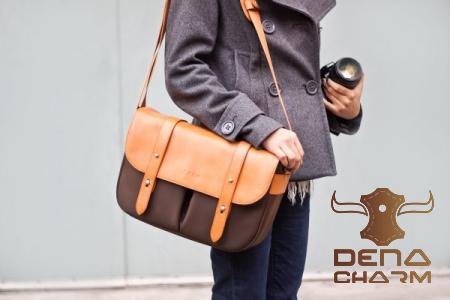
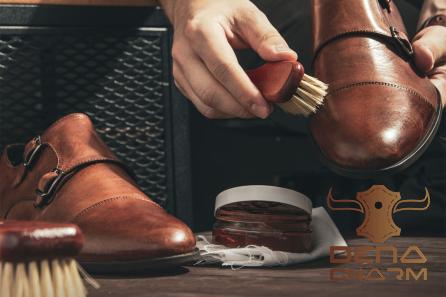
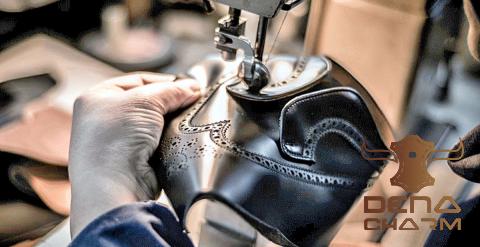
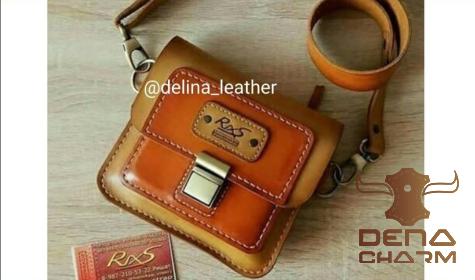
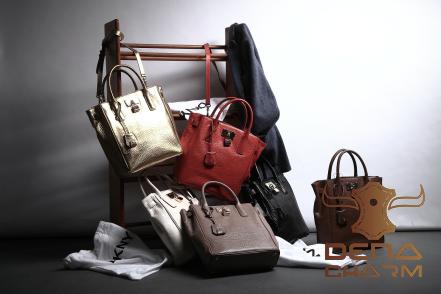
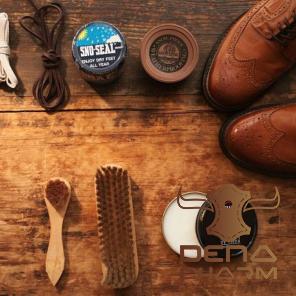
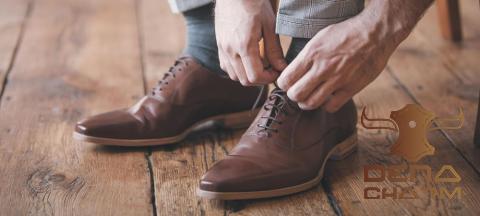
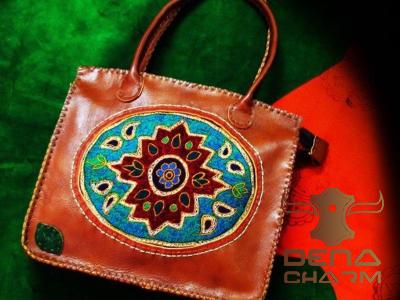

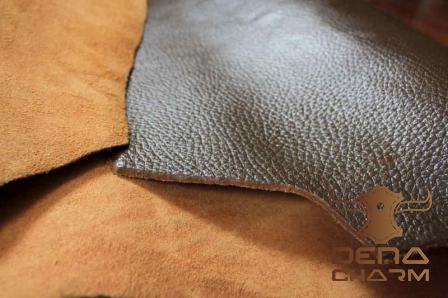
Your comment submitted.